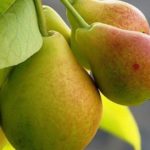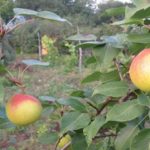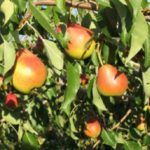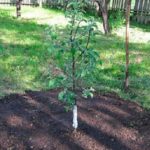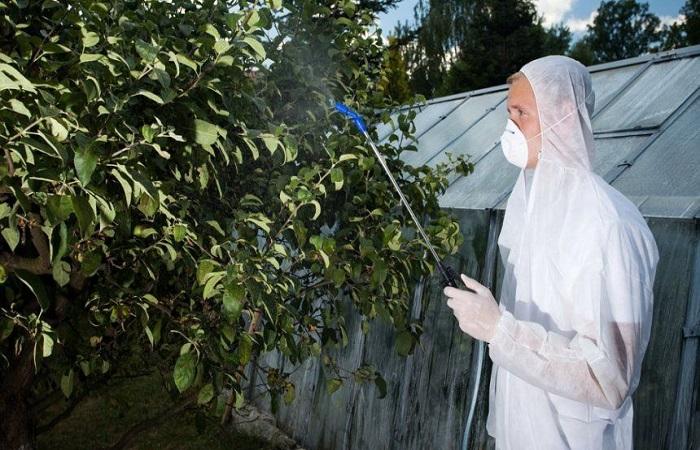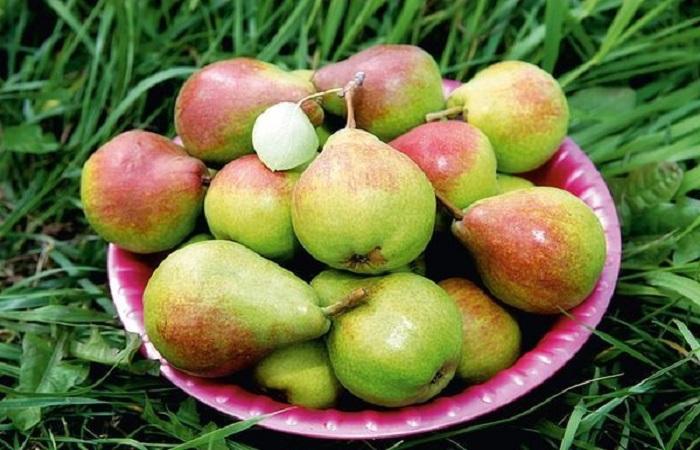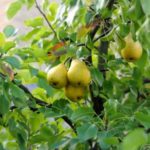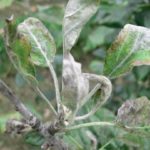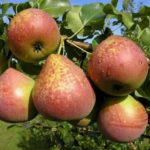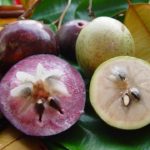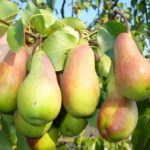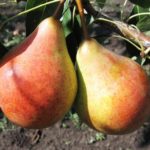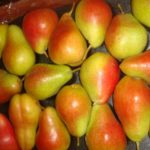Both children and adults love to eat pears. As a rule, summer residents plant various varieties on their plots. An excellent choice for obtaining a voluminous harvest of dessert fruits is the Rainbow pear variety. When caring for trees, experts recommend regularly pruning the crown (up to three years, they do mainly formative pruning, and then sanitary pruning).
Description and characteristics of Rainbow pear
On a medium-high tree, a spreading crown is formed, having a round or pyramidal shape.Planted seedlings quickly grow, but after the start of fruiting they slowly gain the standard height of 5-6 m. The harvest ripens abundantly, so it is recommended to install supports for the branches. The variety is considered early-bearing - the first harvest ripens in about 4 years. On a 5-6 year old tree, 15-16 kg of fruit ripens.
The weight of large fruits reaches 130-145 g. Green pears grow round in shape; when ripe, the thin skin acquires a yellow-green tint. Ripe juicy fruits have a dessert-sweet taste. In a good season, the yield of one mature tree reaches 30-35 kg.
Advantages and disadvantages
Like any variety of fruit trees, the Rainbow pear has negative and positive qualities:
- rapid ripening of the crop (ripe fruits can be harvested in just one week);
- pleasant sweet taste of fruits;
- trees tolerate low temperatures well;
- Resistance to gall mite and burn.
When growing Rainbow pears, you need to take into account the following disadvantages: low ability to self-pollinate (neighboring apple trees can act as a pollinator), the crop is painfully tolerant of drought, and the fruits are poorly transported due to their thin skin.
Planting and care
Seedlings are planted in the fall. In order for the trees to take root well, certain rules are followed.
- Dig a hole 0.45-0.50 m deep. The excavated soil is mixed with manure or peat.
- A support is driven into the center of the hole, then the seedling is placed, carefully straightening the roots.
- The hole is filled with fertile soil mixture, which is trampled down. It is important not to bury the root neck of the seedling.
- 1-2 buckets of water are poured into the tree trunk circle to compact the soil.
In the spring, formative pruning of the crown and sanitary pruning is carried out (dead, diseased and damaged branches are cut out).
Disease and pest control
It is advisable to inspect all trees on a regular basis. In the spring, you cannot miss pear scab. The fungal disease manifests itself on foliage, shoots, and fruits. If treatment is not started in a timely manner, productivity decreases. The most popular solution to the problem is spraying trees with a solution of Bordeaux mixture.
For preventive purposes, the first treatment is carried out before the buds open (350 g of powder is diluted in a bucket of water). Subsequently, spraying is repeated every 2-3 weeks, but the concentration of the working solution is reduced.
The main pest of pears is green aphids. Insects suck the juice from the leaves, which helps stop the growth of shoots and reduce yields. To protect the trees, they are treated with chemicals (“Kinmiks”, “Agravertin”) or folk remedies are used (wormwood decoction, infusion of garlic or potato tops).
Harvest and storage
Harvest ripening begins in August. The quality and quantity of fruits are influenced by several factors: soil fertility, weather conditions, compliance with agricultural practices. Raduzhnaya fruits do not have a long shelf life. Ripe pears can be stored for no more than 10 days without loss of presentation and quality.Then the fruits darken and the flesh becomes loose. To preserve the harvest longer, you can put the fruits in the refrigerator.
When harvesting fruits, you must be careful, because the thin, delicate skin is easily injured. To simplify transportation, the fruits can be placed in boxes in one layer, layered with paper.
The delicious dessert pear Rainbow is popular among summer residents. The variety is characterized by productivity and ease of care. The fruits add pleasant variety to the summer menu and are suitable for canning and processing. It is advisable to use slightly unripe pears.

